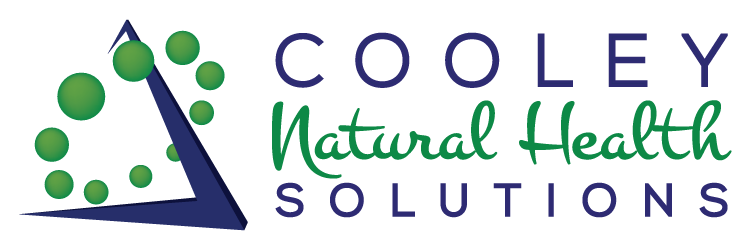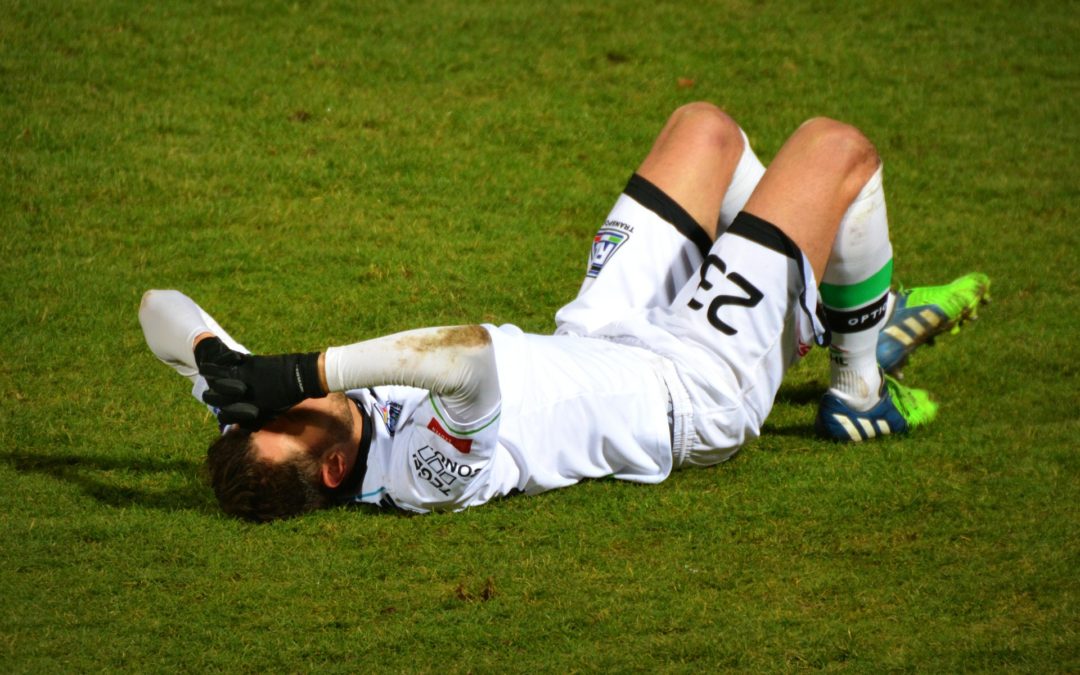Pain by definition is an unpleasant sensory and emotional experience associated with actual or potential tissue damage. Put simply, pain is your alarm that informs you something is wrong. For as much as we all hate to be in pain, there is a reason why we feel it. Without pain it would be very difficult to heal and recover.
In the end, pain is your brain’s interpretation of a variety of sensory signals. The electrical signal that has strongest influence on pain is called nociception. Within our body there is a constant communication between our brain and the rest of the body, through our nervous system. Our sensory system is made of up of different receptors to sense a variety of different stimuli. For example, receptor nerve cells in and beneath your skin sense heat, cold, light, touch, pressure, and pain. However, there are more sensory receptors to sense nociception the any other type of stimulus. The receptors that sense tissue damaging stimuli that can result in the feeling of pain are called nociceptors.
All the cells in our body must be able to communicate and they do this through different chemicals. Therefore, when one cell releases a chemical it is telling another cell to take action or not. In order for a nociceptor to communicate with our brain some chemical must turn on the nociceptor light switch. The following is a list of chemicals that turn on nociceptors:
- Prostaglandin E-2
- Leukotriene B-4
- Histamine
- Serotonin
- Bradykinin
- Cytokines
- Free Radicals
For each one of those chemicals we have tried to develop medications to block those chemicals from becoming activated and therefore reducing nociception. However, in most cases it is more important to identify why a nociceptive chemical is active rather than simply blocking its transmission.
Inflammation
Inflammation is a biological response that occurs as a result of tissue injury. We have all seen the power of inflammation anytime we have a seen a cut heal. Inflammation can be triggered from a variety of stimuli such as infections, injuries, allergies, chemical irritation, and necrotic tissue. Despite the negative connotation inflammation has in our society, it really is the healing process and without it we would never recover from an injury or be able to fight off any infection.
However, the negative connotation of inflammation is the result of too much inflammation. If a healthy individual sprains their ankle they should have an inflammatory response that causes pain and makes them rest. This Acute stage of inflammation should last a few days, after which swelling and pain should begin to decrease. The healthy individual should be able to turn off the acute stage and enter other phases of the healing process namely the Repair phase.
For example:
Think of a tornado hitting a small town. That tornado comes through and just destroys everything in its path. That will sound the alarm (nociceptors are triggered) and cleanup crews will be brought in (acute inflammation). Now the cleanup crews are awesome they do an amazing job at getting rid of all the garbage and damaged structures. At the same time, they will also create a lot of tire tracks in the area and they may clean up more than required (secondary damage). But they did their job and now we start bringing in the construction guys (rebuilding phase) to build the damaged town back up. However, if no one told the cleanup crew that their job was done, they will continue to clean up the site again and again.
The inability to move away from acute inflammation and into other aspects of healing is a major reason why people are stuck in a state of chronic inflammation. This occurs because the individual has a predisposition to summon the cleanup crew from a variety of factors. The factors that contribute most to a state of chronic inflammation are:
- Diet – a pro-inflammatory diet based on trans fats, refined vegetable oils, and refined carbohydrates, lack of quality fats
- Immune Dysfunction – the number one cause of chronic issues in health conscious individuals. Immune function is very complicated please see this article
- Toxicity – chemical exposure combined with inability to rid body of toxins
- Stress / Overtraining – exercising beyond one’s limits or not allowing enough recovery time
Treatment for Chronic Pain and Inflammation
Chronic pain and inflammation can sometimes be very difficult to resolve depending upon what is driving the dysfunctional state. However, there are steps that one’s should take in order to improve their current situation.
- Clean up your diet – there is no better way to improve inflammation in your body than through diet. To me the perfect diets resemble Paleo-type diets. For more information, please read one of the following books Personal Paleo Code or The Whole 30, It starts with food.
- Reduce stress – this often easier said than done, but if you clean up your diet than you are well on your way to reducing overall stress. Try and control what you can control and that includes your diet, your exercise routine, your sleep habits. If other stressors improve you will find that stressors that you cannot control (such as job) are easier to cope with.
- Get plenty of sleep – If you clean up your diet and reduce stress you will find it much easier to get a full night’s rest. However, take other steps to improve sleep patterns such as turn off the TV an hour before schedule bedtime and remove sources of light and sound in the room.
The treatment approach utilized by my office focuses on finding specific drivers of pain and inflammation. By using specific tests to evaluate neurological function I am able to identify the most significant drivers a patient’s dysfunction. However, the treatment and subsequent recommendations are no replacement for good lifestyle habits.

